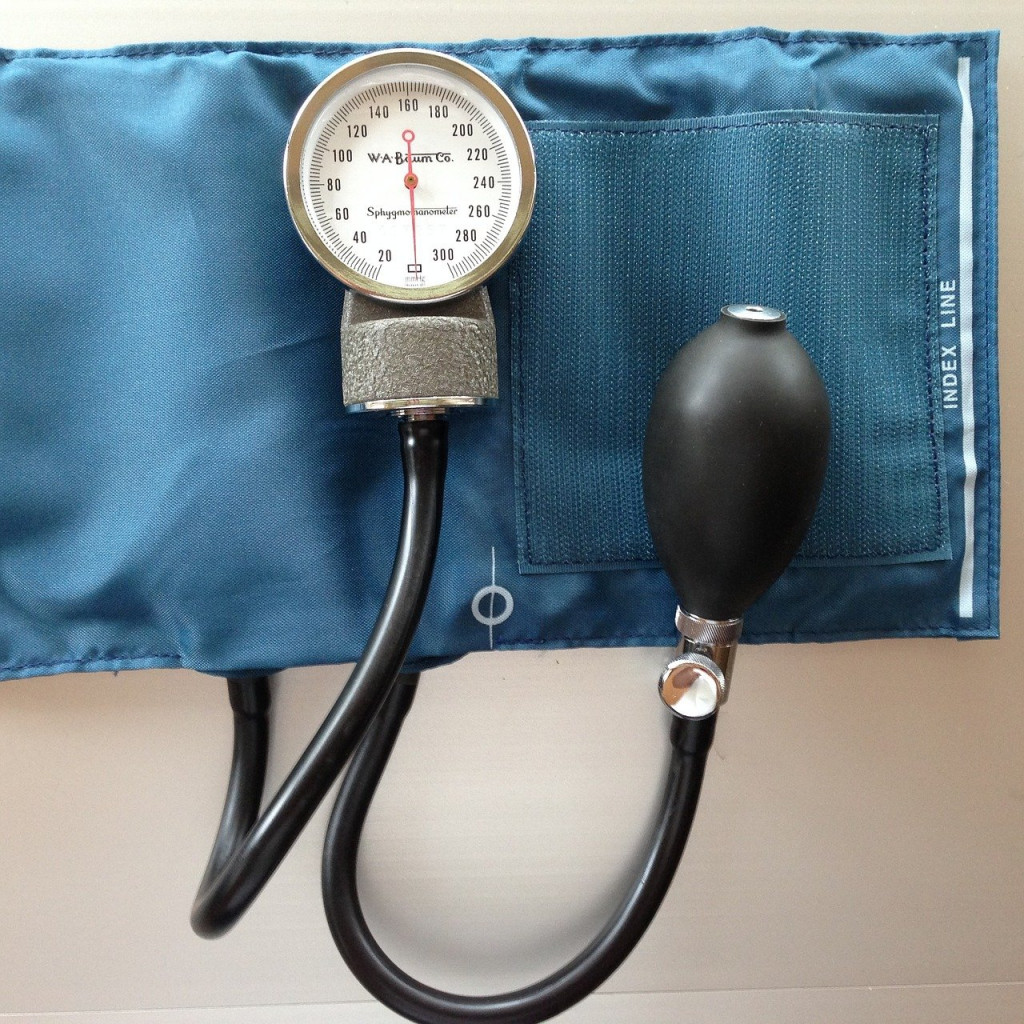If one’s systolic pressure exceeds 180 or diastolic pressure crosses 100, it is a stage that requires immediate medical attention.
If you have experienced high blood pressure, you might wonder what the maximum limit of blood pressure is. Before that, let us first try to understand blood pressure as a concept.
Blood pressure (BP) is the force with which the heart pumps blood to maintain regular blood flow through the body. This force exerts pressure on the walls of the blood vessels, primarily the arteries.
Your blood pressure elevates (medically called hypertension) when the force is excessive. Blood pressure is one of the four vital signs; the others are respiratory rate, oxygen saturation, and body temperature, which indicate the vital functions of the body.

Dual Scale Of Blood Pressure (BP) Measurement: Systolic And Diastolic
Blood pressure is usually measured using a device called a sphygmomanometer. This machine is wrapped around the person’s upper arm to measure blood pressure.

According to the American Heart Association, the ideal blood pressure range is 120/80 mm Hg. A person’s blood pressure is expressed in two values – 120 and 80 in the previous case. The first value is the systolic blood pressure, while the value after the slash ‘/’ symbol is the diastolic blood pressure.
- Systolic blood pressure: This unit indicates how much pressure blood exerts on the arterial walls when the heart beats at the time of measurement. This is when the heart pumps blood out of the heart and circulates it to various organs in the body.
- Diastolic blood pressure: This unit indicates how much pressure is exerted on the arterial walls when the heart rests between two beats. This is the period during which the heart opens its chamber to fill with blood.
To simplify things a little, consider systolic pressure as the maximum pressure exerted on the artery walls and think of diastolic pressure as the minimum pressure exerted on the walls of the arteries.
In general, systolic blood pressure receives more medical attention. It is also an important risk factor for cardiovascular disease in older people. It is widely observed that systolic blood pressure increases steadily with age due to the increased stiffness of large arteries and plaque formation in the blood vessels.
Also Read: Why Does Blood Pressure Have Two Values?
Blood Pressure Categories
Blood pressure can be classified into four categories based on the readings from a sphygmomanometer:
- Normal: Systolic pressure reading between 90-120 and diastolic pressure reading between 60-80 is considered normal.
- Pre-high blood pressure: Systolic pressure reading between 120-140 and diastolic pressure reading between 80-90 is considered a slightly elevated level of blood pressure.
- High blood pressure: Systolic pressure reading between 140-180 and diastolic pressure reading between 90-100 is considered to be a high blood pressure condition.
- Hypertensive crisis: If one’s systolic pressure exceeds 180 or diastolic pressure crosses 100, it is a stage that requires immediate medical attention.
Also Read: How Exactly Is The Blood Pressure Meter Used To Determine Blood Pressure?
Highest Blood Pressure
Anything above 180 mm Hg implies a critical medical condition. If BP exceeds 180, there is a risk of stroke, heart failure, or kidney failure, all of which can lead to death. Now, as the title of this article asked, what is the maximum range of blood pressure that a body can withstand before leading to death?

A study published in 1995 recorded maximum blood pressure of 370/360 mm Hg. The doctors involved in the study recorded the blood pressure of 10 male athletes. Each athlete performed double-leg press sets at 85% and 100% of maximum capacity, once with a closed glottis Valsalva (a forceful attempted exhalation against the closed airway) and then with slow exhalations.
Although this study provides recorded evidence of the highest blood pressure, this was carried out especially in athletes after extremely strenuous physical activity with forceful breathing.
Under normal circumstances, blood pressure approaching 300 is hazardous. In various health forums, individuals have reported having experienced blood pressure above 250. Most of these individuals have also reported suffering from extreme medical conditions, such as a heavy buzzing in the ears, uncontrollably intense headaches, dizziness, and even loss of consciousness.
Giraffe – Animal With The Highest Blood Pressure
We have talked a lot about blood pressure and its extreme limits in humans, but what about other animals, especially mammals?
Well, giraffes have earned the title of having the highest blood pressure when it comes to terrestrial mammals. Under normal conditions, systolic blood pressure in giraffes is reportedly 300 mm Hg, along with systolic pressure of about 200 mm Hg. A giraffe’s blood pressure is higher than in humans because its bulky heart (weighing 25 pounds!) has to pump blood all the way up its 7 feet long neck and to its head.

Giraffes make rapid head movements to eat fodder and intimidate their predators. If their blood pressure drops, they can get dizzy and even lose consciousness.
Finally, all I can say is that optimum blood pressure is essential to life. If a person dies of “shock,” a fatal drop in blood pressure is the main culprit. This is because the drop in blood pressure means insufficient blood flow to vital organs such as the brain and kidneys. Likewise, when it exceeds dangerous levels, blood pressure can lead to the failure of these vital organs – and the death of a person. Although we now know that some humans can survive BP as high as 300, you must see a doctor immediately if your BP crosses the 180 mark to avoid any further complications.
Test your knowledge about blood pressure
Can you answer three questions based on the article you just read?

